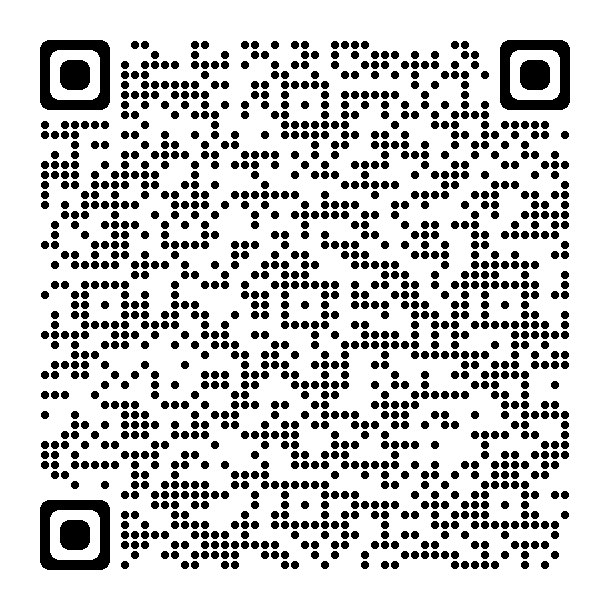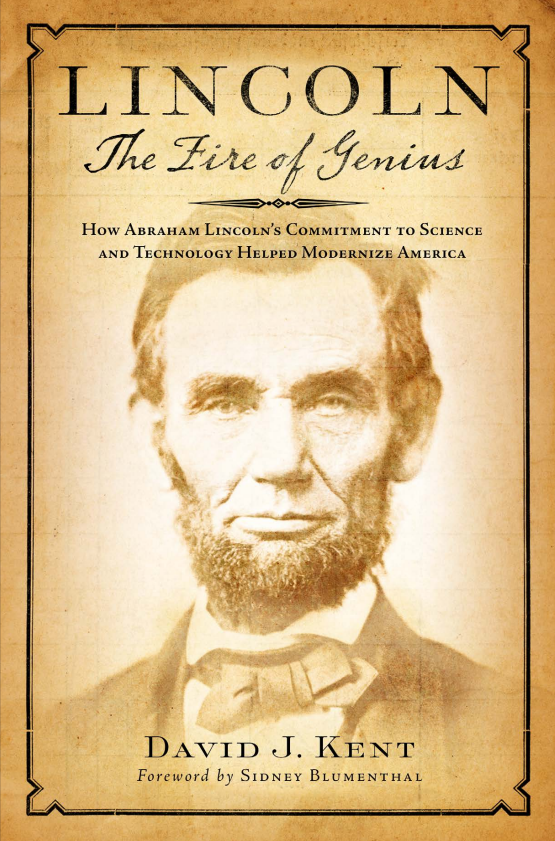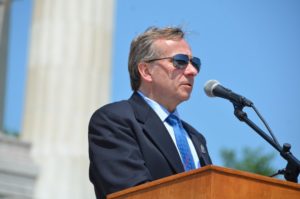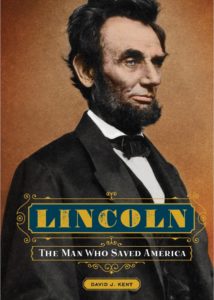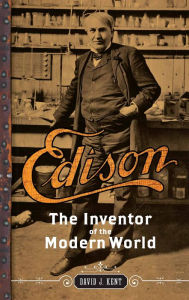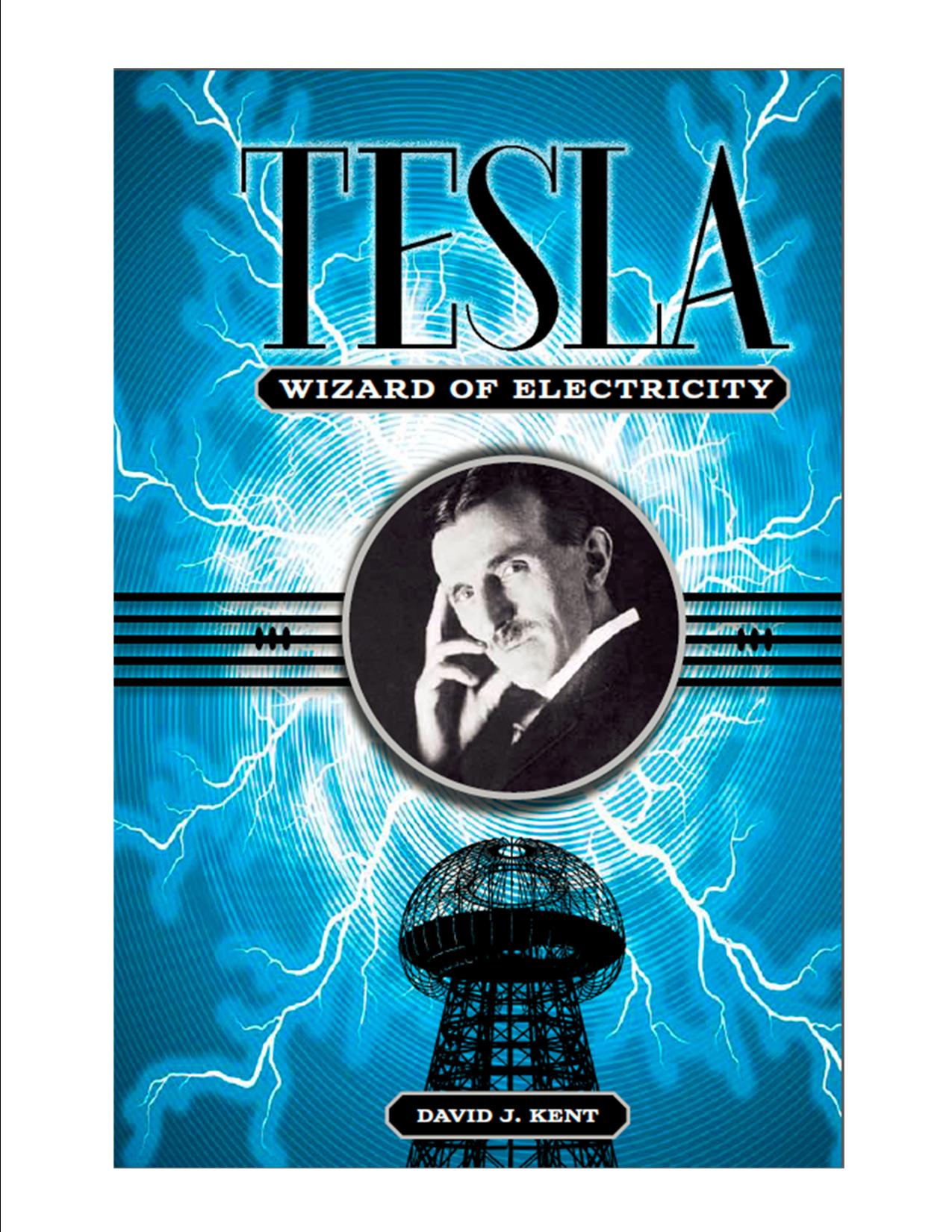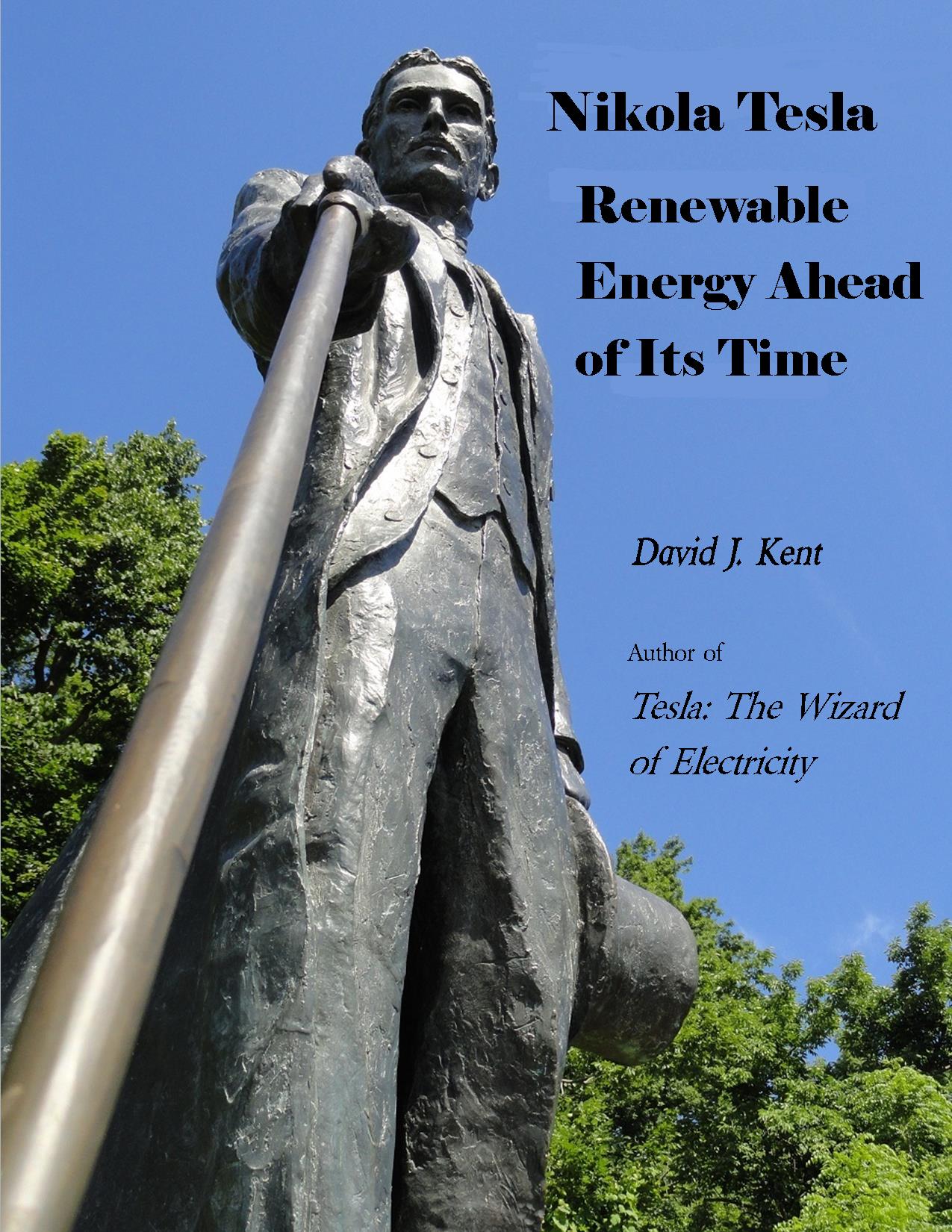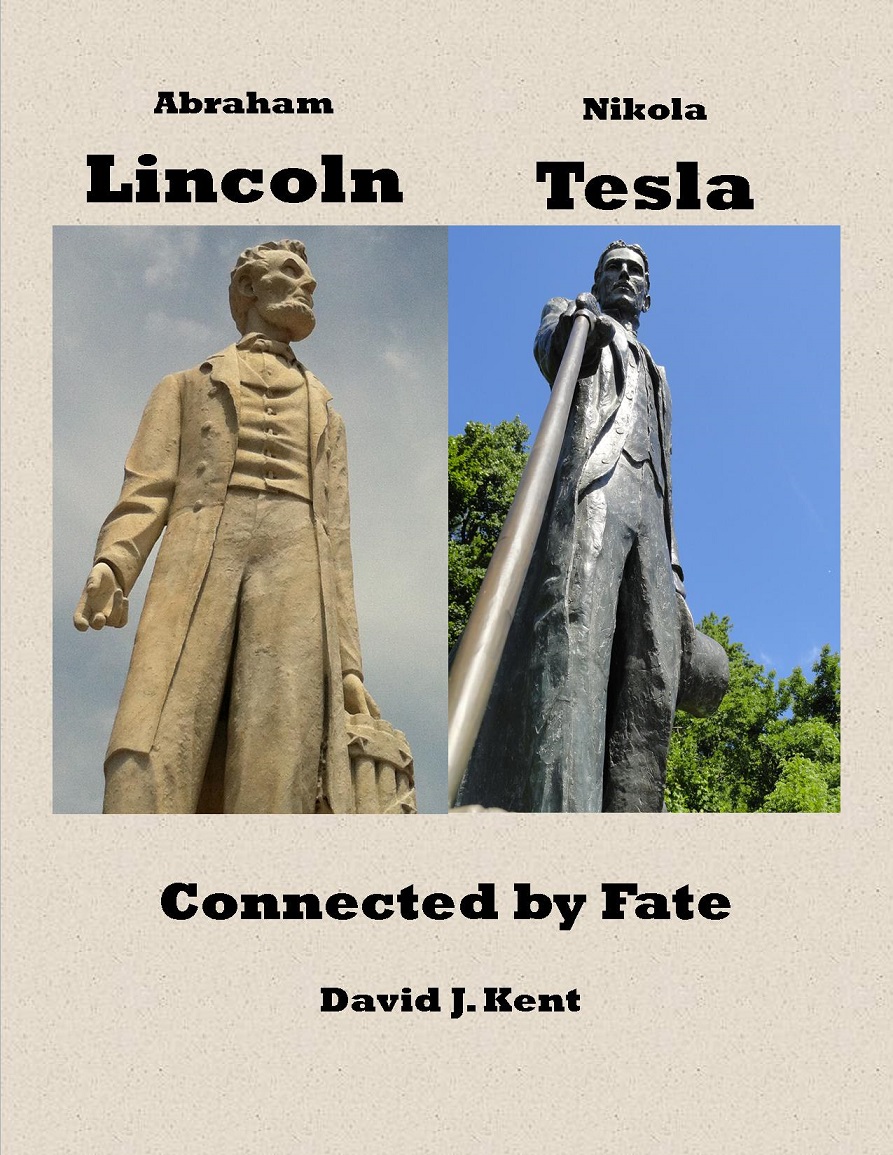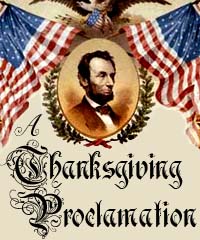 We can thank none other than Abraham Lincoln for the great turkey-eating, pie-gulping, football-watching holiday of Thanksgiving. Yes, Abraham Lincoln.
We can thank none other than Abraham Lincoln for the great turkey-eating, pie-gulping, football-watching holiday of Thanksgiving. Yes, Abraham Lincoln.
Sure, the pilgrims started the first Thanksgiving repasts in early 17th century Plymouth, Massachusetts. Or maybe they didn’t. In any case, while days of thanksgiving were usually held in the fall to offer thanks for the bounty of the harvest, the holiday was held only sporadically and on different dates in different states during our early history as a country. All that was changed by our 16th president in 1863, who in the midst of the Civil War issued a Proclamation of Thanksgiving. Lincoln states:
I do therefore invite my fellow citizens in every part of the United States, and also those who are at sea and those who are sojourning in foreign lands, to set apart and observe the last Thursday of November next, as a day of Thanksgiving and Praise to our beneficent Father who dwelleth in the Heavens.
The proclamation, which was hand-written by Secretary of State William Seward and then signed by Abraham Lincoln, established the precedent for the annual day of thanksgiving on the federal level. Lincoln’s Proclamation sought to bring together all Americans – in the north and the south and the east and the west. Whether it had any significant effect in that regard is debatable, as the holiday wasn’t actually celebrated nationally until the late 1870s after reconstruction has more or less reunified the country. Still, he had the right idea.
Today the fourth Thursday each November is set aside for all of us to give thanks for all with which we have been blessed. Abraham Lincoln remembered this during a time of great strife so it should be easy for us to remember all that we have gained since that era. With that spirit in mind I give thanks for all the wonderful people I have, and have had, in my life. Thank you all, and be well always.
Happy Thanksgiving everyone!
David J. Kent is an avid science traveler and the author of Lincoln: The Man Who Saved America, in Barnes and Noble stores now. His previous books include Tesla: The Wizard of Electricity and Edison: The Inventor of the Modern World and two specialty e-books: Nikola Tesla: Renewable Energy Ahead of Its Time and Abraham Lincoln and Nikola Tesla: Connected by Fate.
Check out my Goodreads author page. While you’re at it, “Like” my Facebook author page for more updates!



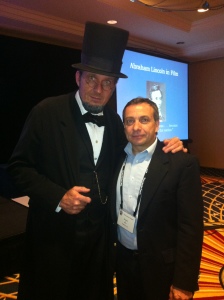

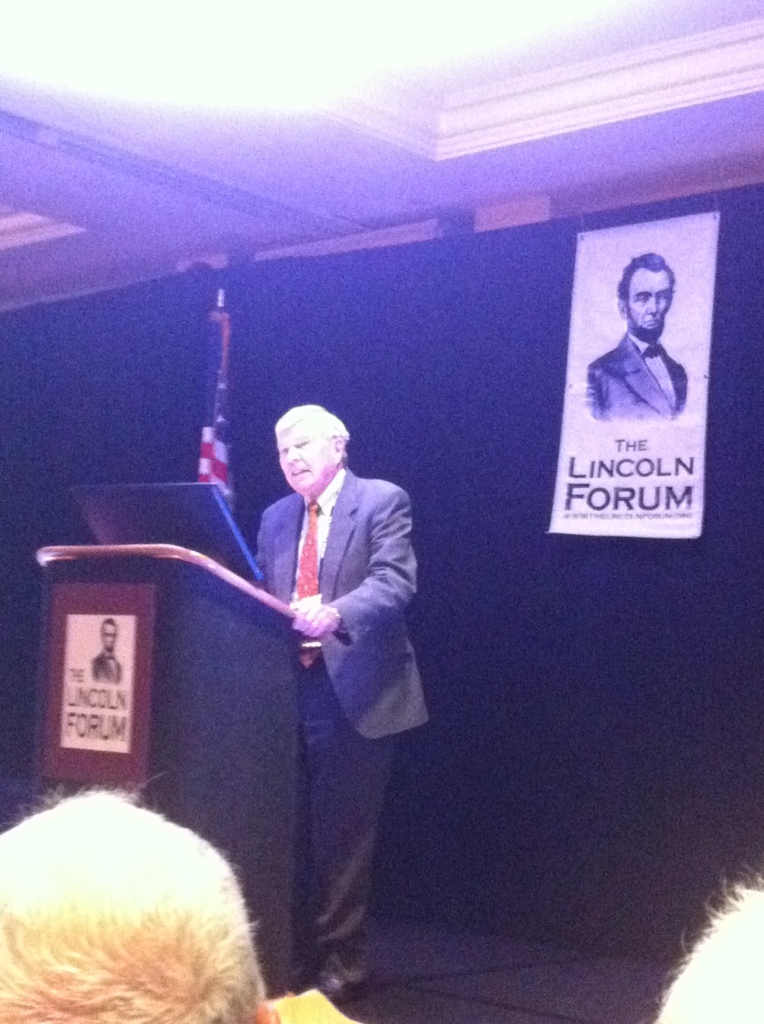
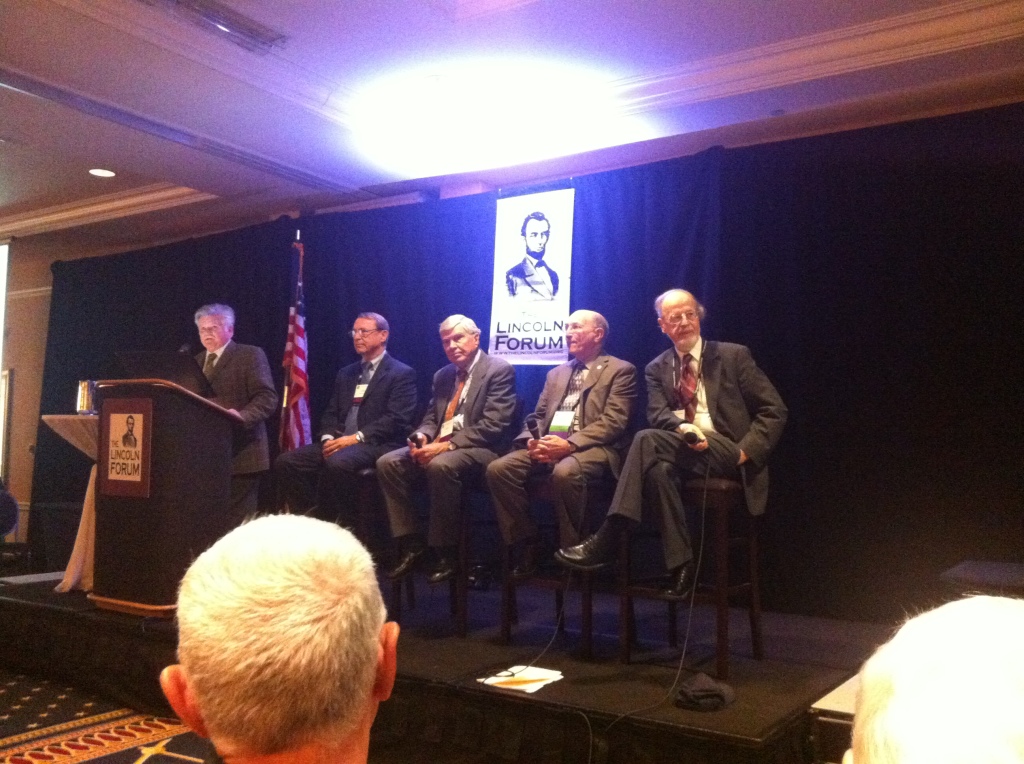
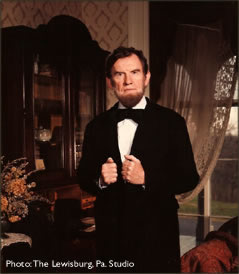
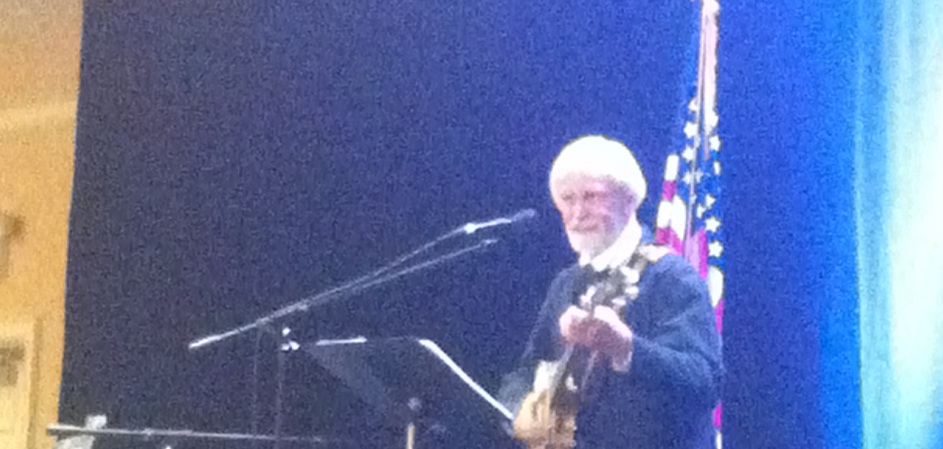
 That’s how I start off my most recent piece on Hot White Snow. It all started with a full-day conference on the Election of 1864 sponsored by the Lincoln Group of DC. The next day I flew to Vancouver for SETAC, and then after only a couple of days back took off for Gettysburg and the annual Lincoln Forum.
That’s how I start off my most recent piece on Hot White Snow. It all started with a full-day conference on the Election of 1864 sponsored by the Lincoln Group of DC. The next day I flew to Vancouver for SETAC, and then after only a couple of days back took off for Gettysburg and the annual Lincoln Forum. 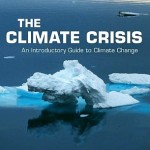 Tired of scientists being too technical in describing climate science?
Tired of scientists being too technical in describing climate science? 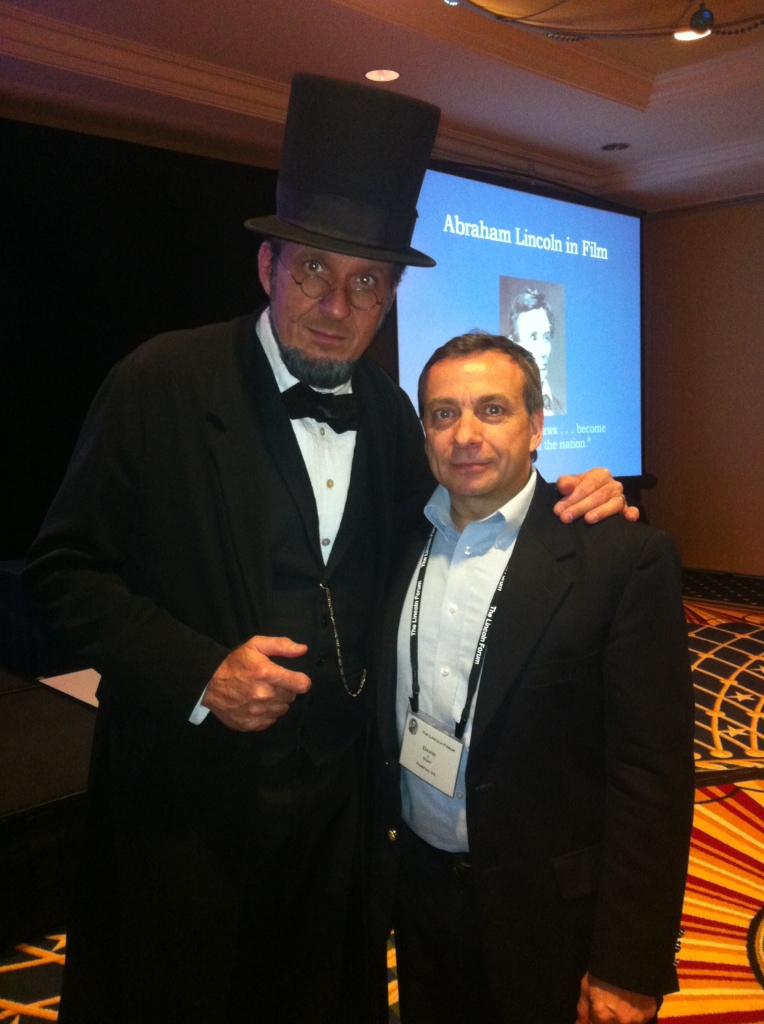
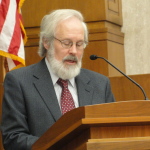
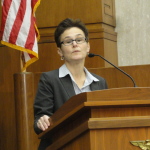 Elizabeth Varon, Professor of History at the University of Virginia, then provided some insights on the election from the South in her talk “Catastrophe or Setback? The Election of 1864 in Confederate Eyes.”
Elizabeth Varon, Professor of History at the University of Virginia, then provided some insights on the election from the South in her talk “Catastrophe or Setback? The Election of 1864 in Confederate Eyes.”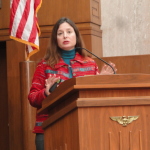 “The Summer of ’64” was a critical time period that significantly impacted the election, said University of Kansas Professor Jennifer Weber, author of Copperheads. Grant’s overland campaign had even die-hard Unionists war weary; Weber explored many reasons how military disasters turned into Union – and Lincoln’s – victories.
“The Summer of ’64” was a critical time period that significantly impacted the election, said University of Kansas Professor Jennifer Weber, author of Copperheads. Grant’s overland campaign had even die-hard Unionists war weary; Weber explored many reasons how military disasters turned into Union – and Lincoln’s – victories.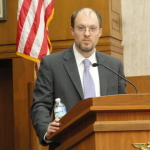 Speaking of the military, the soldier vote was crucial to Lincoln’s electoral victory in November. Christopher Newport University Professor and historian Jonathan W. White examined voting dynamics that possibly changed the outcome of the election in “Emancipation and the Soldier Vote of 1864.”
Speaking of the military, the soldier vote was crucial to Lincoln’s electoral victory in November. Christopher Newport University Professor and historian Jonathan W. White examined voting dynamics that possibly changed the outcome of the election in “Emancipation and the Soldier Vote of 1864.”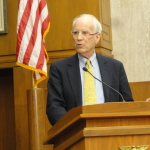 Following these great talks was our keynote speaker, noted historian Michael Burlingame, author and editor of numerous books on Abraham Lincoln. In a wide-ranging talk, Burlingame brought us into the opposition Lincoln faced in reelection, including many in his own party. His “Radicals, Abolitionists, and Lincoln’s Reelection” explored the fickleness not just of the public, but of the lawmakers and generals who worked for and against Lincoln.
Following these great talks was our keynote speaker, noted historian Michael Burlingame, author and editor of numerous books on Abraham Lincoln. In a wide-ranging talk, Burlingame brought us into the opposition Lincoln faced in reelection, including many in his own party. His “Radicals, Abolitionists, and Lincoln’s Reelection” explored the fickleness not just of the public, but of the lawmakers and generals who worked for and against Lincoln.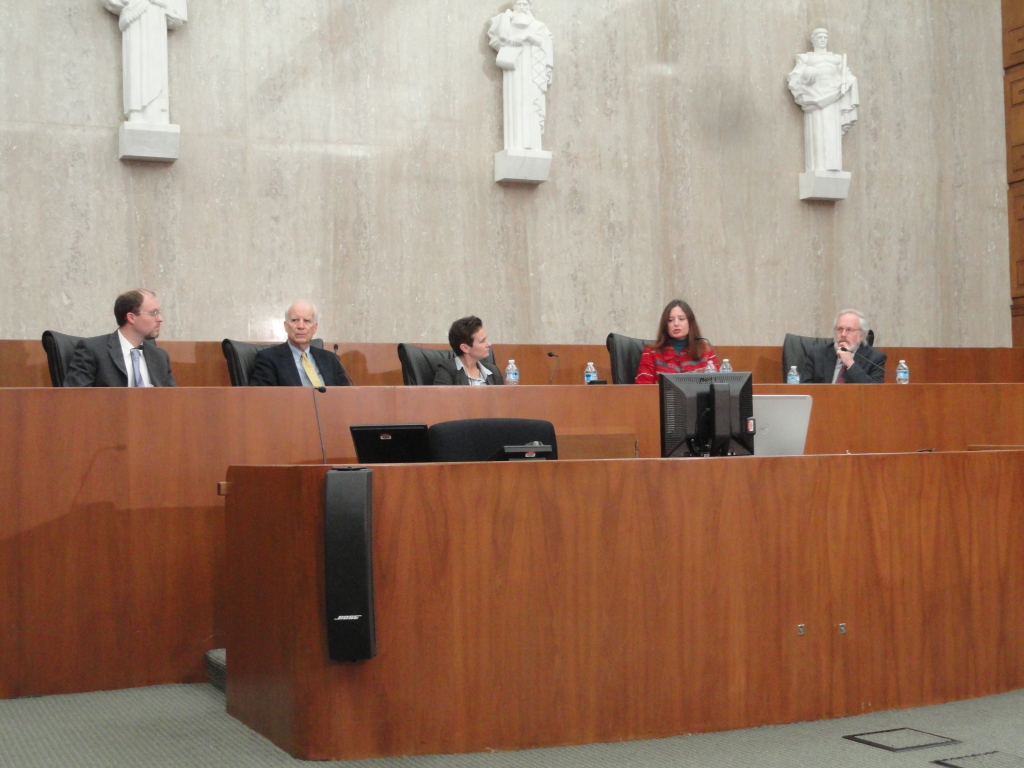
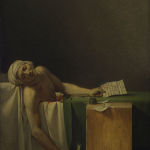 What do Picasso’s “Guernica,” David’s “The Death of Marat,” and Wyeth’s “Christina’s World” have in common? They all were posters hanging on my bedroom wall as a teenager. Yes, I was not a normal child. Read more at “
What do Picasso’s “Guernica,” David’s “The Death of Marat,” and Wyeth’s “Christina’s World” have in common? They all were posters hanging on my bedroom wall as a teenager. Yes, I was not a normal child. Read more at “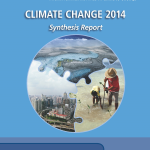 Two big events in climate science occurred this week. The most important one (IPCC’s Synthesis Report) was largely ignored while the least important one (Mid-Term Elections) will be talked about for the next two years. Check out why on
Two big events in climate science occurred this week. The most important one (IPCC’s Synthesis Report) was largely ignored while the least important one (Mid-Term Elections) will be talked about for the next two years. Check out why on 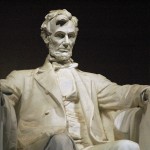 Speaking of elections,
Speaking of elections, 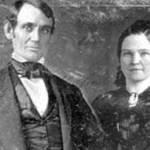 Meanwhile, this week also saw the anniversary of Lincoln’s tempestuous marriage to Mary Todd. The sudden wedding caught everyone by surprise; could have been because Mary had seduced old Abe? And why did Mary refuse to be photographed with her husband?
Meanwhile, this week also saw the anniversary of Lincoln’s tempestuous marriage to Mary Todd. The sudden wedding caught everyone by surprise; could have been because Mary had seduced old Abe? And why did Mary refuse to be photographed with her husband? 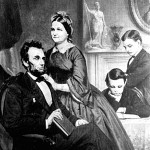 On November 4, 1842, Abraham Lincoln rushed around to his friends and invited them to his one-day’s notice wedding to Mary Todd. The sudden marriage came as a shock to their family and friends, many of whom weren’t aware the couple had resumed their courtship almost two years after the ignominious “fatal first” that ended their prior engagement.
On November 4, 1842, Abraham Lincoln rushed around to his friends and invited them to his one-day’s notice wedding to Mary Todd. The sudden marriage came as a shock to their family and friends, many of whom weren’t aware the couple had resumed their courtship almost two years after the ignominious “fatal first” that ended their prior engagement.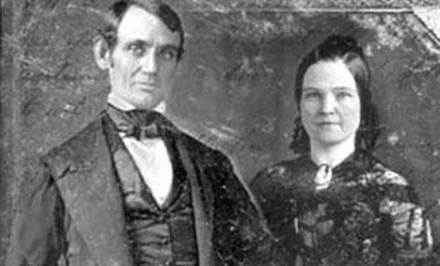
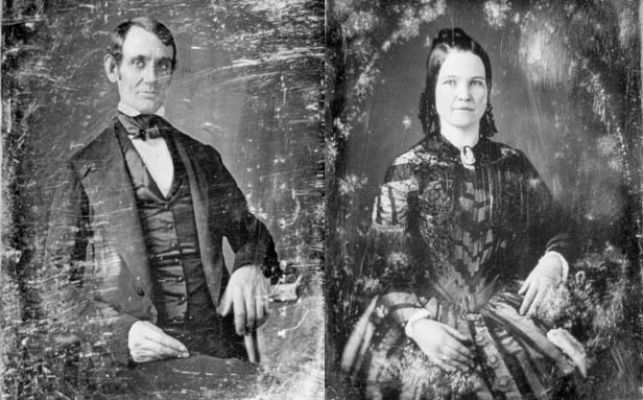
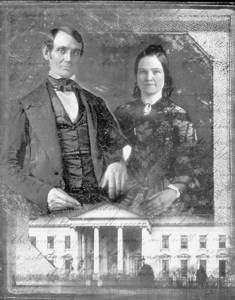
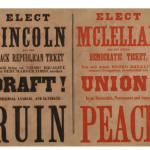 Abraham Lincoln was reelected for a second term in 1864, which surprised everyone,
Abraham Lincoln was reelected for a second term in 1864, which surprised everyone, 
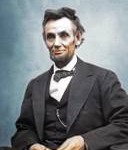 As the Civil War raged on, things weren’t looking so good for the reelection of Abraham Lincoln. In August 1864 Lincoln asked his entire cabinet to sign the back of what became the “
As the Civil War raged on, things weren’t looking so good for the reelection of Abraham Lincoln. In August 1864 Lincoln asked his entire cabinet to sign the back of what became the “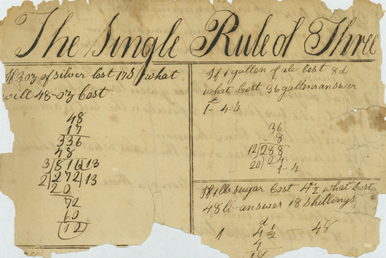


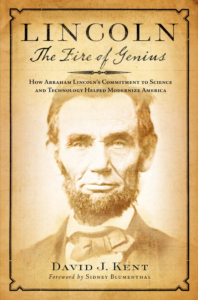
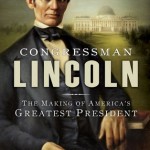 Author Chris DeRose takes a more detailed look at a period in Abraham Lincoln’s life that is normally glossed over in other biographies – his single term as a U.S. Congressman. The first few chapters highlight the political status of the time, as well as the political wrangling between different factions both within and external to the Whig party. The book goes into various aspects of the key question of the day, slavery. Doing so makes it clear that the post-Civil War reinvention of history to suggest the South wasn’t fighting to maintain and expand slavery is hogwash.
Author Chris DeRose takes a more detailed look at a period in Abraham Lincoln’s life that is normally glossed over in other biographies – his single term as a U.S. Congressman. The first few chapters highlight the political status of the time, as well as the political wrangling between different factions both within and external to the Whig party. The book goes into various aspects of the key question of the day, slavery. Doing so makes it clear that the post-Civil War reinvention of history to suggest the South wasn’t fighting to maintain and expand slavery is hogwash.